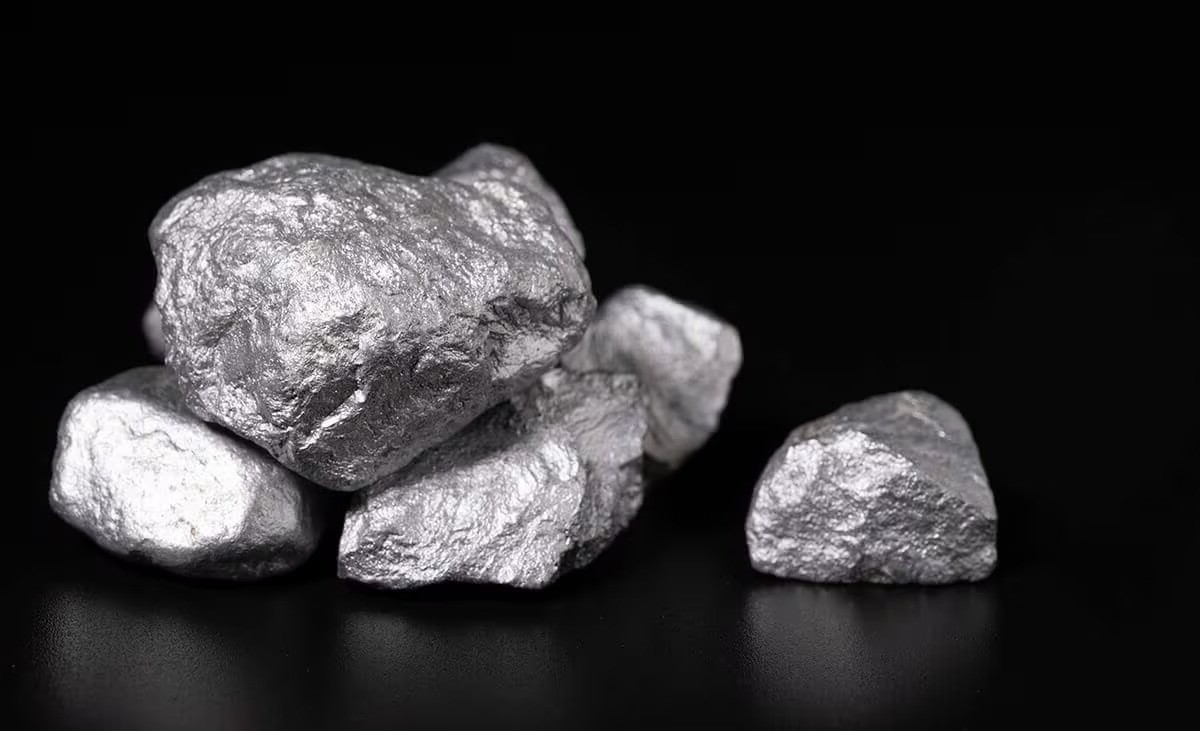
Platinum is one of the most fascinating metals on Earth. Known for its rarity and unique properties, it has captured human interest for centuries. But what makes platinum so special? Platinum is not just a shiny metal used in jewelry; it plays a crucial role in various industries, from automotive to healthcare. Its resistance to corrosion and high melting point make it indispensable in scientific equipment and electronics. Did you know that platinum is even used in cancer treatments? This versatile metal is also a key player in reducing vehicle emissions, making our air cleaner. Ready to learn more? Let's dive into 50 intriguing facts about platinum that will leave you amazed!
Key Takeaways:
- Platinum is a rare and valuable metal with diverse uses in jewelry, industry, and even medical implants. Its resistance to corrosion and high melting point make it indispensable in various applications.
- From its historical significance to its role in space exploration, platinum's unique properties and versatility make it a fascinating element with a significant impact on our world.
What is Platinum?
Platinum is a fascinating metal with unique properties and a rich history. Let's dive into some intriguing facts about this precious element.
- Platinum is a chemical element with the symbol Pt and atomic number 78.
- It belongs to the transition metals group on the periodic table.
- This metal is known for its silvery-white appearance.
- Platinum is one of the densest elements, with a density of 21.45 grams per cubic centimeter.
- It has a high melting point of 1,768 degrees Celsius (3,214 degrees Fahrenheit).
- Platinum is highly resistant to corrosion, even at high temperatures.
- It is often found in nickel and copper ores.
- South Africa produces about 80% of the world's platinum.
- Platinum is rarer than gold, making it one of the most valuable metals.
- It is used in jewelry, automotive catalytic converters, and electronics.
Historical Significance of Platinum
Platinum has played a significant role throughout history, from ancient civilizations to modern technology.
- The ancient Egyptians used platinum in small amounts for decorative purposes.
- Spanish conquistadors discovered platinum in South America during the 16th century.
- The name "platinum" comes from the Spanish word "platina," meaning "little silver."
- In the 18th century, platinum was considered a nuisance by gold miners because it was difficult to separate from gold.
- Antoine Lavoisier, a French chemist, was the first to recognize platinum as a distinct element in 1783.
- Platinum was used in the standard meter bar and kilogram mass in the late 19th century.
- During World War II, platinum was declared a strategic metal and its use in jewelry was restricted.
- The Platinum Guild International was established in 1975 to promote platinum jewelry.
Platinum in Science and Industry
Platinum's unique properties make it indispensable in various scientific and industrial applications.
- Platinum is used as a catalyst in chemical reactions, speeding up processes without being consumed.
- It is essential in the production of silicone and nitric acid.
- Platinum-based compounds are used in chemotherapy to treat cancer.
- The metal is used in fuel cells to generate electricity through chemical reactions.
- Platinum is found in thermocouples, which measure high temperatures.
- It is used in laboratory equipment due to its resistance to heat and corrosion.
- Platinum is a key component in hard disk drives and other electronic devices.
- It is used in optical fibers and LCDs for its conductive properties.
- Platinum is also used in the production of fertilizers and explosives.
Platinum in Jewelry and Fashion
Platinum's beauty and durability make it a popular choice for high-end jewelry and fashion items.
- Platinum is often used in engagement rings and wedding bands.
- It is hypoallergenic, making it ideal for people with sensitive skin.
- Platinum does not tarnish or wear down over time, maintaining its luster.
- Many famous crown jewels and royal regalia feature platinum.
- The Hope Diamond is set in a platinum necklace.
- Platinum is often alloyed with other metals like iridium and ruthenium to increase its strength.
- The Tiffany & Co. brand is known for its platinum jewelry.
- Platinum is used in high-end watches for its durability and elegance.
- Celebrities often choose platinum for red carpet events due to its luxurious appearance.
Environmental and Economic Impact of Platinum
The extraction and use of platinum have significant environmental and economic implications.
- Platinum mining can cause environmental damage, including habitat destruction and pollution.
- Recycling platinum from old electronics and catalytic converters helps reduce the environmental impact.
- The price of platinum is influenced by supply and demand, geopolitical events, and economic conditions.
- Platinum is traded on major commodity exchanges like the New York Mercantile Exchange (NYMEX).
- The automotive industry is the largest consumer of platinum, primarily for catalytic converters.
- Platinum is also used in investment products like coins and bars.
- The World Platinum Investment Council promotes platinum as an investment asset.
- Platinum's rarity and industrial uses make it a strategic resource for many countries.
Fun and Lesser-Known Facts About Platinum
Here are some quirky and lesser-known facts about platinum that you might find surprising.
- Platinum is one of the least reactive metals, making it ideal for use in harsh environments.
- It is often used in spacecraft and satellites due to its durability and resistance to extreme conditions.
- Platinum can absorb large amounts of hydrogen, making it useful in hydrogen storage and fuel cells.
- The world's largest platinum nugget, weighing 21 pounds, was found in Russia in 1843.
- Platinum is used in pacemakers and other medical implants due to its biocompatibility.
- Some musical instruments, like flutes, use platinum for its unique sound quality.
The Final Word on Platinum
Platinum's allure goes beyond its shiny surface. This precious metal, known for its rarity and durability, plays a vital role in various industries. From jewelry to automotive catalysts, platinum's versatility is unmatched. Its resistance to corrosion makes it a top choice for medical instruments and electronic devices. Despite its high value, platinum remains less abundant than gold, adding to its mystique.
Understanding these platinum facts can deepen appreciation for this remarkable element. Whether you're an investor, a science enthusiast, or just curious, knowing more about platinum enriches your knowledge. Its unique properties and wide-ranging applications make it a fascinating subject.
So next time you see a platinum ring or hear about catalytic converters, you'll know there's more to this metal than meets the eye. Keep exploring, and who knows what other intriguing facts you'll uncover about platinum!
Frequently Asked Questions
Was this page helpful?
Our commitment to delivering trustworthy and engaging content is at the heart of what we do. Each fact on our site is contributed by real users like you, bringing a wealth of diverse insights and information. To ensure the highest standards of accuracy and reliability, our dedicated editors meticulously review each submission. This process guarantees that the facts we share are not only fascinating but also credible. Trust in our commitment to quality and authenticity as you explore and learn with us.


